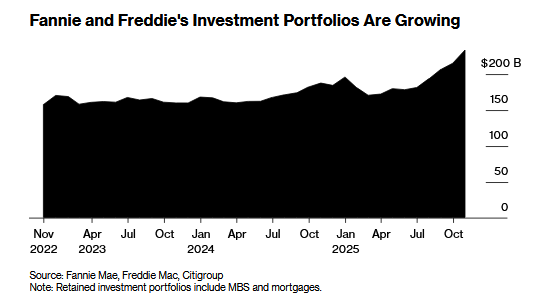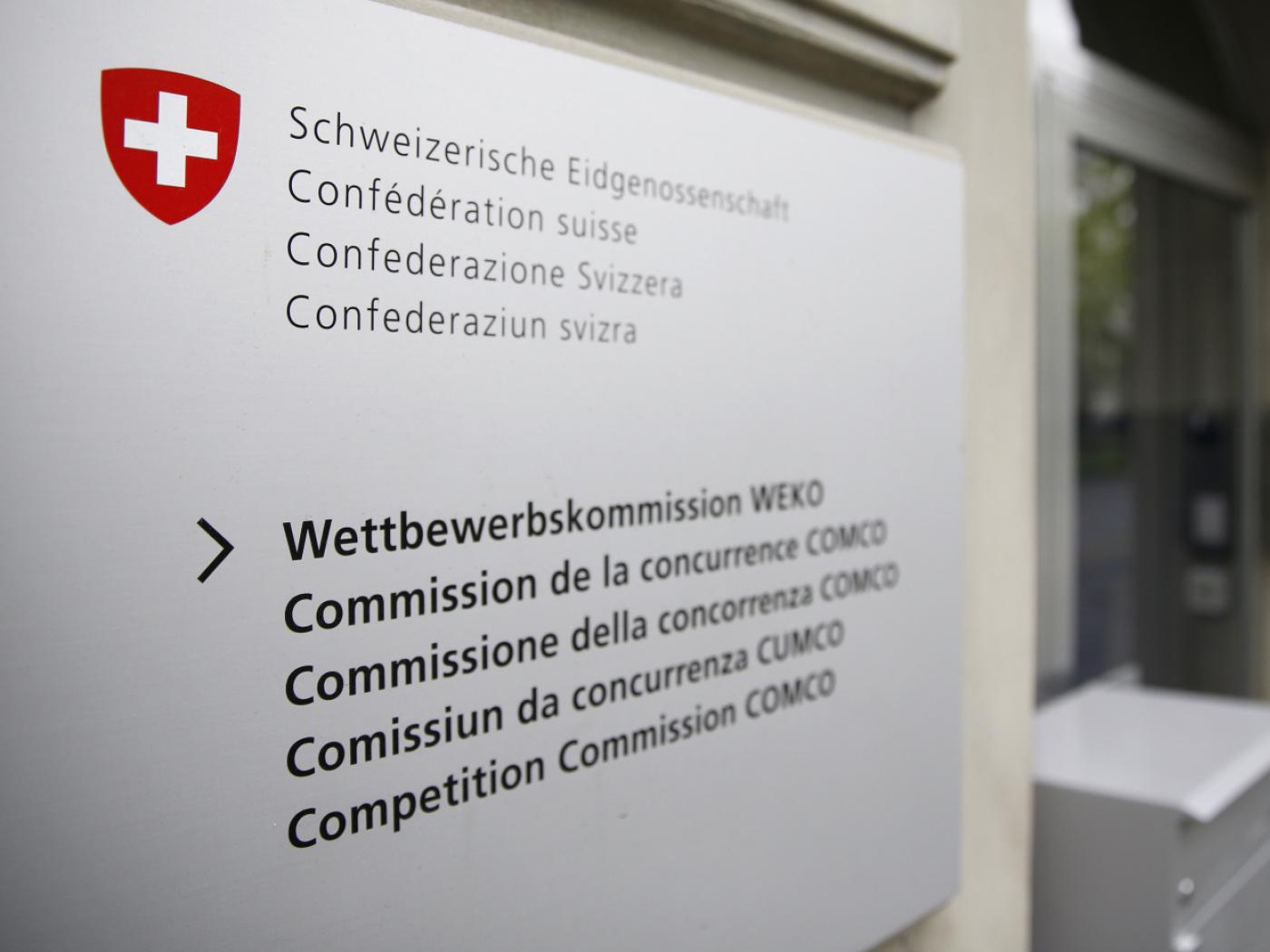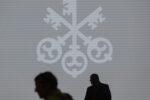Overview: The capital markets are calmer today, and the fear that was evident at the end of last week remains mostly scar tissue. Led by gains in Japan, China, Australia, New Zealand, and India, the MSCI Asia Pacific Index extended yesterday's gains. Europe's Stoxx and US futures are firm. The US 10-year yield is softer, around 1.43%, while European yields are mostly 1-2 bp lower. The Norwegian krone and euro lead major currencies higher against the greenback, but the New Zealand dollar and sterling are underperforming. Most of the emerging market currencies are enjoying an upside bias. The Turkish lira is giving back a little more than half of yesterday's 2.25% bounce. Gold is edging higher and is near the 200-day moving average (~$1792). January WTI is off $1 around $71 after rallying around 8% in the past two sessions. API reported a three million barrel drawdown in inventories but a big jump in Cushing. US natural gas is consolidating and paring Monday's 11.5% drop. Europe (Dutch) natural gas prices are rising for the third consecutive session and around 10% this week. Iron ore has extended this week's rally and is at the highs since October. Copper is flat.
Asia Pacific
Australia has joined the US in the diplomat boycott of the winter Olympics in Beijing. South Korea and Japan have not formally decided yet. China's quarantine policies made it difficult for many diplomats to attend in any event, and many apparently will not attend. Beijing threatens unspecified retaliation.
Japan reported an increase in its October current account, rising to JPY1.18 trillion from JPY1.03 trillion in September. The swing in the trade balance from a JPY230 bln deficit to a JPY167 bln surplus more than accounted for it. Japan also revised Q3 GDP to a 0.9% contraction (from -0.8%). The composition changed. Consumption was a greater drag (-1.3% quarter-over-quarter rather than -1.1%), and inventories contributed less (0.1% vs. 0.3%) and net exports were flat (rather than contribute 0.1 percentage points). Business investment was less a drag (-2.3% vs. -3.8%). Still, there is reason to be more optimistic about the outlook for the world's third-largest economy. Social restrictions have eased, the vaccination rate is among the best, and the government is providing fresh stimulus. The Kishida government is expected to finalize its fiscal efforts toward the end of the week. A key issue is the tax incentive (subsidy) for companies that boost wages by 3%, which has not happened since 1997.
India left its key rate corridor on hold today. The repo rate is 4%, and the reverse repo rate is 3.35%. Some observers saw the possibility of a hike in the reverse repo rate. The monetary policy committee voted unanimously to keep the repo rate steady. The reverse repo rate is a broader issue decided by the central bank, not the MPC. The emergence of Omicron may have encouraged the central bank to maintain a steady hand, while the cut in the excise duty and VAT for petrol and diesel may help ease price pressures. It made some technical changes in its liquidity management, which some see as a prelude to a hike in February 2022, when the central bank meets again.
The dollar is consolidating in a narrow 30-point range above JPY113.35 against the Japanese yen. Yesterday's high was just below JPY113.80. An option for about $550 mln will roll off today at JPY114.25, while there is a nearly $1.5 bln option at JPY114.00 that expires tomorrow. The JPY114 area also holds the 20-day moving average, which the dollar has not closed above since November 25. The Australian dollar began the week flirting with the $0.7000 area. It is rising for its third consecutive session and has reached almost $0.7145 today. Last week's highs were set a little above $0.7170. Despite words of caution by Chinese officials and the cut in reserve requirements, the yuan continues to march higher. It is at new three-year highs today. The dollar has been sold down to almost CNY6.3455. Local dollar bonds and bonds below investment grade have rallied as officials signal a focus on supporting the economy. Today the rate for re-lending to rural and small businesses was cut by 25 bp. The PBOC has also been generous with its liquidity provisions. The reference rate for the dollar was set at CNY6.3677, a little firmer than expected (CNY6.3665, Bloomberg survey).
Europe
An era is formally over today as Germany's new government takes office. The challenges it faces are profound. The virus was surging even before the Omicron variant was detected. The economy has been hobbled. Inflation is high (6% on the harmonized measure in November) and without the fiscal stimulus seen in the US, where CPI is up 6.2% from a year ago (October). This year, the German deficit is estimated to be about 5.8% and seen falling to 2.5% next year. The US deficit is around 12.5% this year and is expected to fall to around 6.5% in 2022. Russia is amassing troops, and fears that it will invade Ukraine early next year are running high. Germany reportedly will nix the controversial Nord Stream II pipeline if Russia carries through with its threat as part of the economic sanctions being considered.
Italy's Draghi has had a bit of a honeymoon, but that will change. Two of the three largest unions will strike on December 16 to protest Draghi's budget, which must be passed by the end of the month. Moreover, the selection of a new Italian president in January may mark the beginning of the political process that will lead to a new parliamentary election by the middle of 2023. The president of Itlay is chosen by the Italian Parliament and regional representatives. The current president, Mattarella, has declined to run for a second term. Draghi does lead any political party, but the latest surveys show the center-left Democratic Party is in first place, polling a couple percentage points higher than it got in the last election at 21.4% support. The Brothers of Italy on the right are in second place with slightly less than 20% support. The Five Star Movement has seen its fortunes slip to about 15%.
Poland's central bank is set to hike its base rate today. It will be the third consecutive increase. The base rate was slashed from 1.50% last year to 10 bp. It was hiked by 40 bp in October and 75 bp last month to stand at 1.25%. The headline CPI surged from 2.4% at the end of last year to 7.7% in November. Czech and Hungary have been more aggressive in raising rates. Last month, Czech's central bank delivered a 125 bp increase to lift its key two-week repo rate to 2.75%. It was at 25 bp to start the year. Its CPI is near 6%. Hungary has raised its base rate every month since June and taken it from 60 bp to 2.10%. It has also taken its one-week deposit rate from 75 bp to 3.10%, with 130 bp delivered in the past three weeks. Earlier today, it reported that CPI rose to 7.4% last month from 6.5%. Most look for a 50 bp increase from Poland's central bank today.
The euro briefly dipped below $1.1230 yesterday but recovered in the North American afternoon. It is extending the recovery today and traded $1.1300 in the European morning. The $1.1310-$1.1320 offers nearby resistance. The UK government is being embarrassed by reports about its holiday party a year ago in violation of the social restrictions in place at the time. It adds to the sleaze factor that has weakened it. The latest polls show that the Labour Party is extending its lead. Also, ideas that the BOE could raise rates next week have diminished and been pushed into next February. Sterling is heavy, near $1.3200. We have warned of near-term risk toward $1.3165, the (38.2%) retracement objective of the rally from the March 2020 low near $1.14.
America
A deal appears in the works to lift the US debt ceiling. The maneuver requires 60 votes to allow the debt ceiling to pass with a simple majority. The Republican leadership appears willing to go along with this. It will likely set a new precedent that will be used and possibly expanded when control of Congress changes. PredictIt.Org shows that the Republicans are favored to win control of both houses in next year's mid-term election.
The US calendar today features the JOLTS report on job openings. The week's highlight, the November CPI, is out on Friday, and both the headline and core rates are expected to accelerate. Fed officials are in the blackout period ahead of next week's FOMC meeting. Today's North American feature is the Bank of Canada meeting. No one expects a change in rates. It is more about the rhetoric. Despite the uncertainty surrounding the Omicron variant, Bank of Canada officials are likely to be more confident about the strength of the recovery. Last week's jobs data adds to the positive impulses. Moreover, the government is providing more fiscal support. The biggest challenge is that the market has discounted five hikes over the next 12 months. This is aggressive and difficult for the central bank to get ahead of market expectations.
Even after the strong Canadian jobs data at the end of last week, the US dollar closed firmly above CAD1.28, showing the Loonie's vulnerability to the risk-off wave. However, as cooler heads have prevailed, the Canadian dollar has bounced back. The US dollar closed below the 20-day moving average yesterday (~CAD1.2670) for the first time in a month and was sold to about CAD1.2620 today. The (38.2%) retracement of the greenback's rally since the October 21 low (below CAD1.23) is found near CAD1.2640. The next retracement (50%) is around CAD1.2570. Initial resistance now is likely by CAD1.2680. The greenback also closed below its 20-day moving average against the Mexican peso yesterday for the first time since November 9. It has slipped below MN21.00 today for the first time in about two-and-a-half weeks. With today's loss, the US dollar has retraced (61.8%) of its rally from November 9 low (~MXN20.2750). The move seems exaggerated, and consolidation is likely. Nearby resistance is seen in the MXN20.05-MXN20.10 area.
Full story here Are you the author? Previous post See more for Next post
Tags: #USD,Bank of Canada,Currency Movement,Featured,Germany,India,Japan,newsletter,Poland,Russia





























